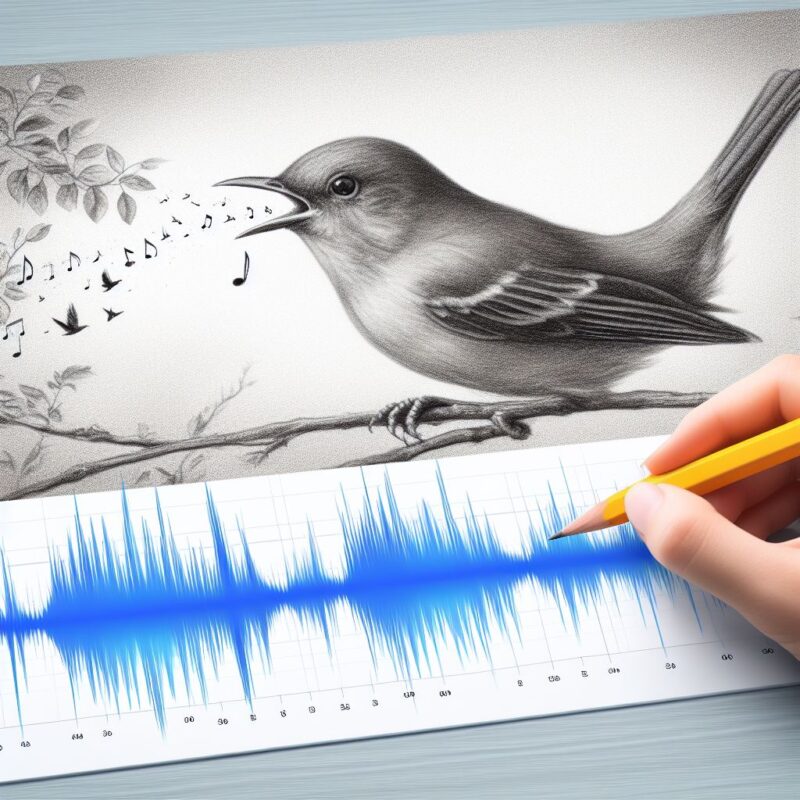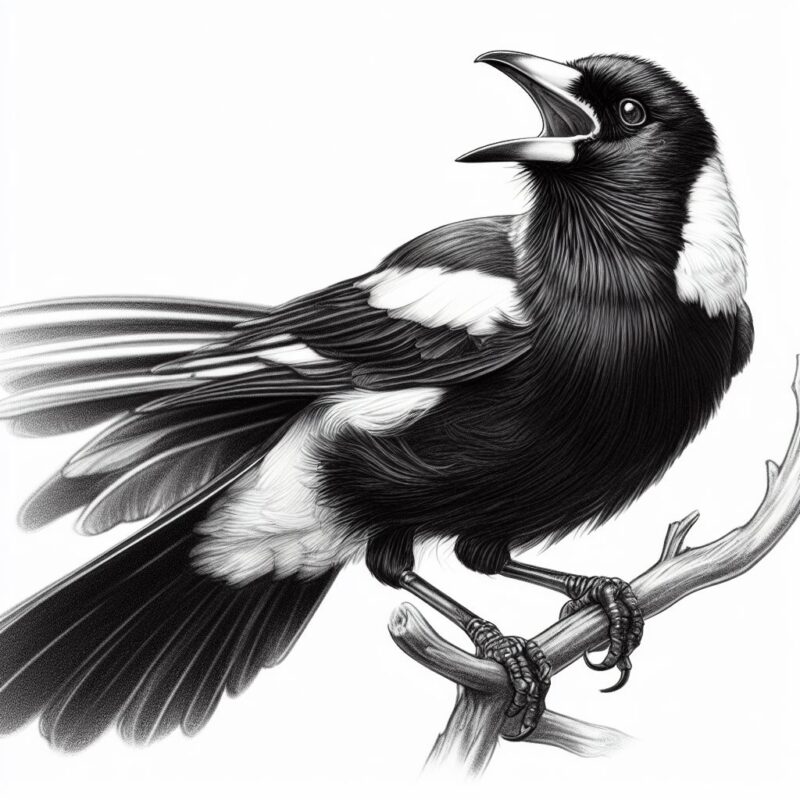Harnessing Sonograms: A Songbird’s Secret Revealed for Bird Identification

Introduction
Birdwatching is a beloved pastime that connects nature enthusiasts with the fascinating world of avian creatures. Identifying birds in the wild is a thrilling pursuit, but it can often be a challenging endeavor, especially when species are cryptic or primarily communicate through their unique songs. However, technology has come to the rescue, offering a valuable tool in the form of sonograms for bird identification. Sonograms, which visualize sound, have revolutionized the way ornithologists and birdwatchers study and identify birds based on their calls. In this article, we explore the significance of sonograms in bird identification and how they provide insights into a bird’s vocal repertoire.
The Basics of Sonograms
A sonogram, also known as a spectrogram, is a visual representation of sound. It is created by plotting the frequency, amplitude, and time of a sound signal. In the case of bird calls, sonograms provide a visual depiction of the nuances and intricacies of their vocalizations. This technology transforms auditory data into a format that is both interpretable and quantifiable.

Birdsong Variation
Birdsongs, like human speech, exhibit remarkable diversity and complexity. Birds use songs for a variety of purposes, including mate attraction, territory establishment, and communication. Each species has its own unique song, which can consist of various elements like notes, phrases, and calls. In some cases, birds may produce subtle variations in their songs to communicate different messages. For instance, they might have distinct songs for attracting mates, defending territory, or warning of predators.
The Role of Sonograms in Bird Identification
- Visualization of Songs:
Sonograms provide a visual representation of bird songs, allowing birdwatchers and ornithologists to see the unique patterns and structures within each species’ vocalizations. These patterns can be compared and contrasted with recorded or observed calls in the field to identify the bird species more accurately. - Documentation and Cataloging:
Sonograms allow for the systematic documentation and cataloging of bird calls. This aids in the creation of comprehensive databases that can be used for research, species monitoring, and conservation efforts. Scientists can create reference libraries of known bird songs, making it easier to compare unidentified recordings to these references. - Quantitative Analysis:
With sonograms, researchers can conduct quantitative analyses of bird calls. They can measure parameters such as frequency, duration, pitch, and tempo, which can be crucial for distinguishing between similar species or for tracking changes in bird vocalizations over time. - Birdwatcher Assistance:
Birdwatchers can utilize smartphone apps and software that incorporate sonogram analysis to aid in bird identification. These tools often provide real-time identification of birds in the field, making it more accessible for birdwatchers of all levels of expertise.
Challenges and Limitations
While sonograms are a valuable tool for bird identification, they are not without their challenges and limitations. Some bird species may produce complex vocalizations that are difficult to interpret accurately. Additionally, factors like background noise, distance from the bird, and recording quality can affect the quality of sonograms. Therefore, sonogram analysis is most effective when used in combination with other identification methods, such as field observations, habitat analysis, and species-specific knowledge.

Conclusion
Sonograms have opened up exciting possibilities for bird identification and research. They have given us a window into the intricate world of avian vocalizations, revealing the diversity and complexity of bird songs. Whether you’re a seasoned ornithologist or a casual birdwatcher, sonograms can enhance your birdwatching experience and deepen your understanding of the natural world. By harnessing the power of sonograms, we can continue to unlock the secrets of the avian realm and contribute to the conservation and protection of our feathered friends.
We are affiliated with Amazon and make a small royalty at no extra cost to you, so by using the links below to purchase your next birding gear you can help us to maintain Simply Birding and continue to bring great content:

Canon, Sony and Nikon cameras: https://amzn.to/4gmtDWk

Lenses for bird photography: https://amzn.to/3WG3vyF

Tripods: https://amzn.to/3PVDNT0

Memory Cards: https://amzn.to/3PV4Y0z

Bird books: https://amzn.to/42NgsKS

Binoculars for bird watching: https://amzn.to/42G0nGZ

Spotting Scopes for bird watching: https://amzn.to/4hom5nq















